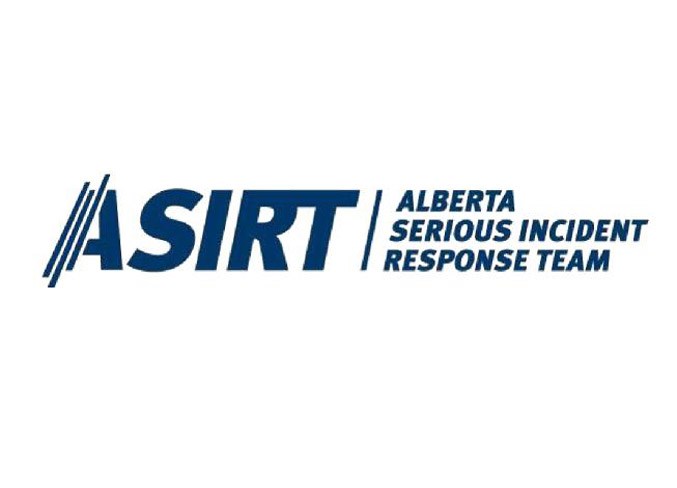COLD LAKE – A report released by the Alberta Serious Incident Response Team (ASIRT) has concluded that an officer’s actions were justified when he responded to a break-and-enter call in Cold Lake, which resulted in the officer discharging his firearm four times in the span of a few seconds.
In the early hours of Jan. 11, 2020, a police response to a break-and-enter call at a commercial lot in Cold Lake spiralled into a tense sequence of events, becoming an officer-involved shooting. ASIRT has released a report that concluded that the officer's response was justified, given the perceived threat to his life.
“ASIRT’s investigation was comprehensive and thorough, conducted using current investigative protocols, and in accordance with the principles of major case management. Investigators interviewed all relevant police and civilian witnesses, and secured and analyzed all relevant radio communications. Video was obtained from police vehicles and nearby businesses and reviewed. The police vehicle video included audio of the incident,” reads the report, released on Nov. 24.
According to the report, the series of events began when the responding officer, known as the subject officer (SO), arrived at the scene at approximately 2:32 a.m. Encountering a red car parked near the lot's entrance, the SO positioned his marked police truck behind it, only to face a sudden escalation as the red car backed into the police vehicle, prompting the SO to exit his truck with his handgun drawn.
The situation rapidly intensified as the red car continued its aggressive behaviour, prompting the SO to issue commands while requesting assistance over the police radio. “He yelled various commands at the vehicle, including to get out of the car. The revving sound continued, and the SO said, ‘I need help here, guys’ on his police radio,” reads the report.
Amid escalating tensions, the officer discharged his firearm four times within a span of two seconds, a pivotal moment that encapsulated the intensity and swiftness of the confrontation.
As the scene unfolded, witness officers (WO1 and WO2) arrived, swiftly intervening to secure the occupants of the red car. “The officers told the occupants to get out of the vehicle. WO1 smashed the driver’s side window with his baton and opened the door. He ordered the AP, who was in the driver’s seat, to get out. He did and WO1 handcuffed him. WO2 ordered the female passenger to get out and handcuffed her,” reads the ASIRT report.
This led to the apprehension of the driver, identified as the affected person (AP), who had sustained a gunshot wound to his left calf during the confrontation. Emergency medical services were promptly summoned and provided necessary medical care, resulting in the AP's release from the hospital a few hours later.
A rifle was found in the back seat car.
Central to ASIRT's investigation was the examination of video footage retrieved from nearby businesses, capturing the activities of the AP and an unidentified individual before the SO's arrival. “This video shows the red car arriving first at 2:07 a.m. Over the next 25 minutes until the SO arrives, the AP and an unknown individual are walking around the lot, entering vehicles, and opening the hoods of vehicles. The unknown individual appears to be carrying a firearm,” the report stated.
Interviews with both the AP and the SO presented contrasting views. The AP claimed lack of awareness of the officer's commands due to the rapid sequence of events and admitted to methamphetamine use earlier that evening. Conversely, the SO, in a written statement to ASIRT, detailed a scenario where he perceived a threat to his life, prompting the use of his firearm.
The SO’s account highlighted the critical moment when the AP, upon being confronted by the officer, made aggressive maneuvers with the red car, compelling the officer to defend himself due to the perceived threat. This perspective framed the officer's actions within the context of self-defense.
The report concludes by saying “The SO was responding to a complaint of a break and enter in progress when he went to the commercial lot. When he arrived and found the AP in the lot, he immediately arrested him. These actions were required or authorized by law, and he performed them reasonably. He did not use force until the AP threatened him with force.”



